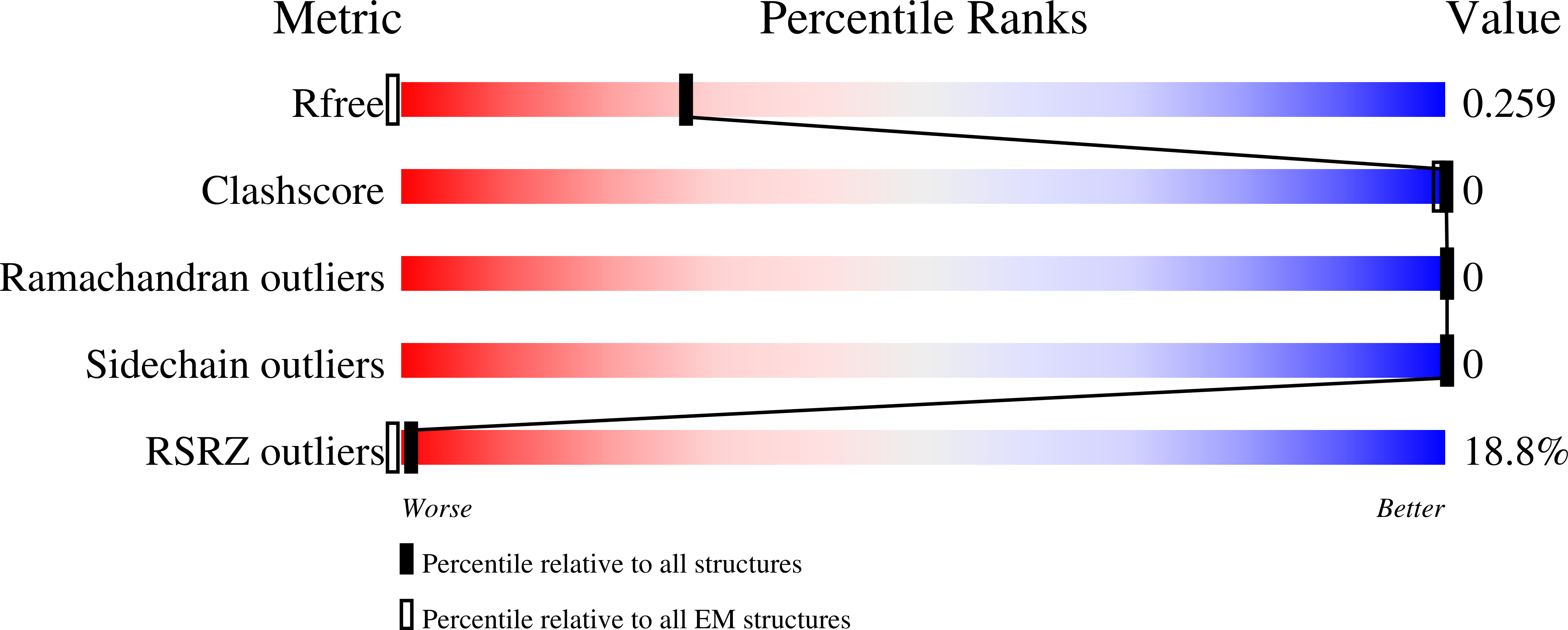
Deposition Date
2017-12-24
Release Date
2018-04-04
Last Version Date
2024-03-13
Entry Detail
PDB ID:
6BZM
Keywords:
Title:
GFGNFGTS from low-complexity/FG repeat domain of Nup98, residues 116-123
Biological Source:
Source Organism:
Homo sapiens (Taxon ID: 9606)
Method Details:
Experimental Method:
Resolution:
0.90 Å
R-Value Free:
0.26
R-Value Work:
0.22
R-Value Observed:
0.23
Space Group:
P 1


